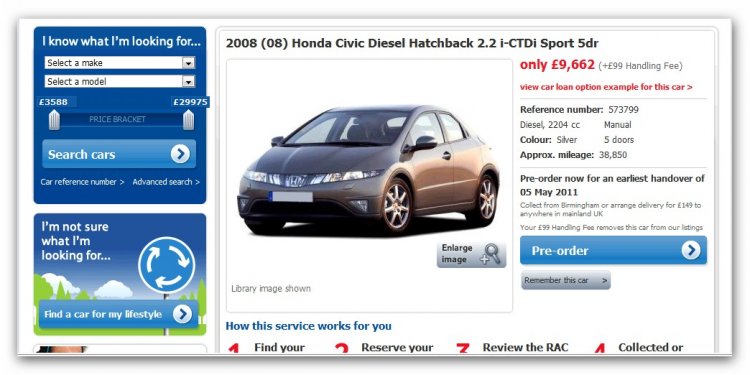
Texas auto insurance rates
 Auto insurance is an important investment, but finding a policy and insurer that suit your needs isn’t always easy. Here you’ll find everything you need to know about buying or modifying your Texas auto insurance policy — including how much coverage is required, what your policy will pay for and where to find the cheapest rates in Texas.
Auto insurance is an important investment, but finding a policy and insurer that suit your needs isn’t always easy. Here you’ll find everything you need to know about buying or modifying your Texas auto insurance policy — including how much coverage is required, what your policy will pay for and where to find the cheapest rates in Texas.
| Car insurance in Texas at a glance | |
|---|---|
| Category | Insurer |
| Biggest auto insurance company | State Farm |
| Best for customer satisfaction | Texas Farm Bureau |
| Cheapest rate for good drivers | USAA, Geico, State Farm |
| Cheapest rate for young drivers | USAA, Geico, Farmers |
| Cheapest for drivers with an at-fault crash | USAA, State Farm, Farmers |
Minimum state car insurance requirements in Texas
- $30, 000 bodily injury/death liability coverage per person.
- $60, 000 bodily injury/death liability coverage per crash.
- $25, 000 property damage liability coverage per crash.
If you ever cause a crash, liability insurance kicks in to pay for others’ injury treatment and property damage, up to your limits. It doesn’t pay for your own injuries or vehicle repairs.
Say you carry the minimum liability limits shown above and collide with another car full of passengers. Your policy would pay up to $30, 000 in injury costs for each injured person, up to a maximum of $60, 000 total for the entire crash. Your policy would also cover up to $25, 000 total in property-damage costs for other parties.
In many cases, the bare minimum insurance won’t be enough. If you total someone’s luxury sports car, for example, their repair costs could easily exceed your $25, 000 ceiling. Any damage that surpasses your limits has to come out of your own pocket. That’s why for most drivers it’s wise to select higher limits, such as 100/300/50, for better financial security and peace of mind.
» COMPARE: NerdWallet’s car insurance comparison tool
Other coverages to consider
Collision coverage: Whereas liability insurance pays for others’ vehicle damage if you cause a crash, collision coverage goes toward fixing your own ride. It also pays for repairs if you have a single-car accident, such as hitting a tree.
Collision includes a deductible, which is the amount your insurer subtracts from your claim payment. So if you need $5, 000 worth of repairs and have a $500 deductible, your claim check would be $4, 500. Most drivers choose a deductible between $500 to $1, 000. The higher your deductible, the lower your rates will be, but you’ll have to pay more toward repairs after a crash.
Comprehensive coverage: Comprehensive coverage pays to repair your car after animal collisions and a list of non-collision issues such as car theft, vandalism and fire, to name a few. Like collision, comprehensive also comes with a deductible.
Uninsured/underinsured motorist coverage (UM/UIM): If you’re struck by a driver who has no car insurance, or not enough to cover your bills, UM/UIM coverage will pay for your injury treatment and that of your passengers, as well as your property damage. There is a mandatory $250 deductible for UM/UIM property-damage claims in Texas.
Texas auto insurance companies must offer UM/UIM coverage, but you can reject it in writing if you wish. Note that 13% of Texans drive uninsured — one of the 20 highest ratios in the country, according to the Insurance Research Council — so UM/UIM may be a worthwhile purchase. If you add this coverage, it’s common to select the same limits as your liability insurance.
Medical payments coverage (MedPay): MedPay helps pay for your injury treatment plus that of your passengers or family members no matter who caused the crash. It also helps cover funeral costs after fatal crashes.
Personal injury protection (PIP): Like MedPay, PIP pays for injury and funeral costs for you, your family and your passengers after a crash, regardless of who caused the accident. PIP also covers up to 80% of income you lose due to injuries, and the cost to hire a caregiver. Texas car insurance companies will automatically offer $2, 500 in PIP, but you may reject it in writing if you don’t want it, or select higher limits.

















